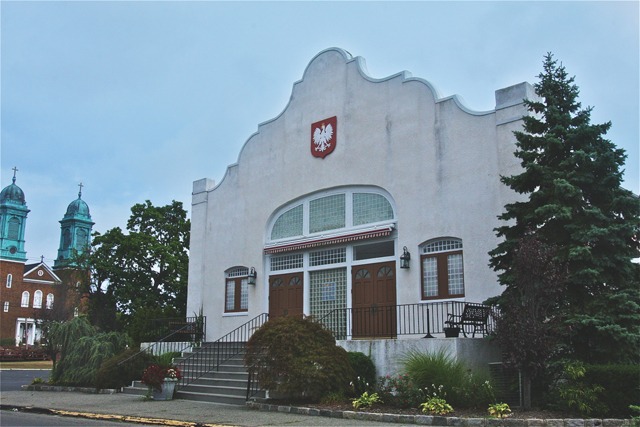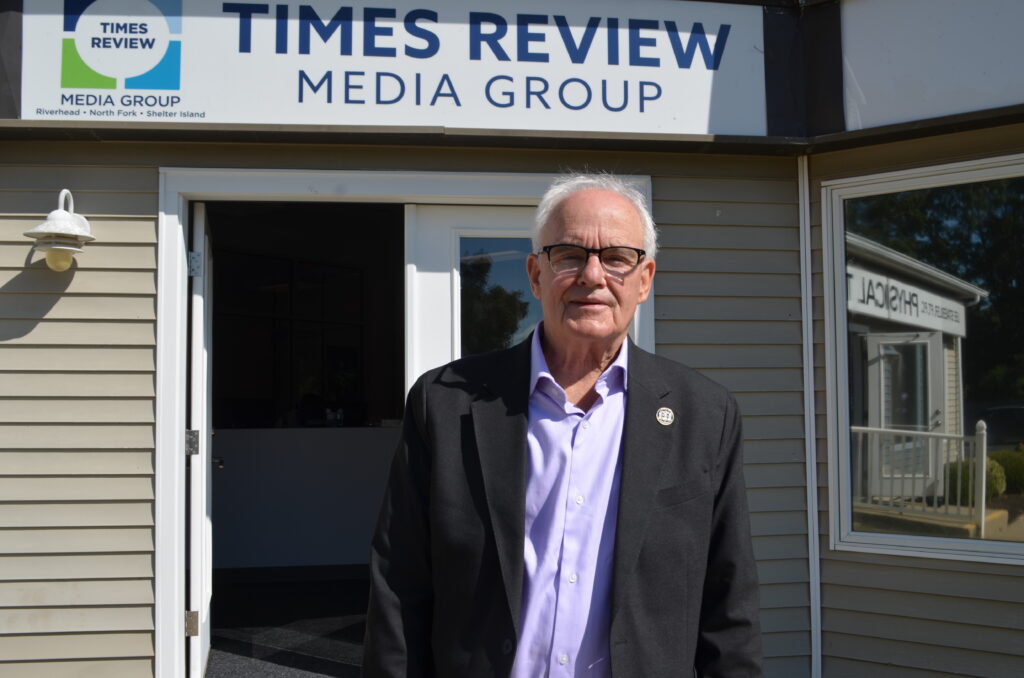Keeping Track of History: Wading River Station
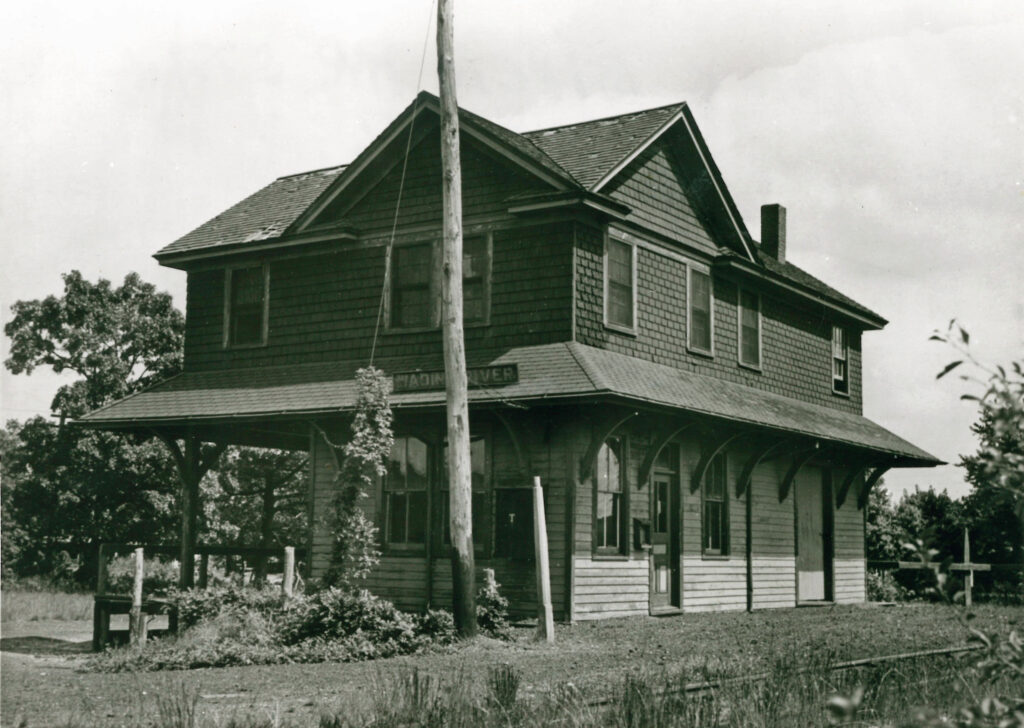
Train stations are built for many reasons: economic, convenience, congestion. But the Long Island Rail Road track extension from Port Jefferson to Wading River was built for revenge.
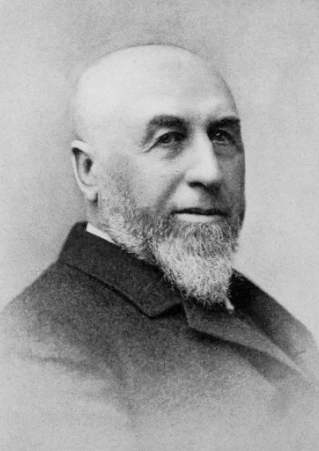
Austin Corbin, who became president of the Long Island Rail Road in 1881, was an ambitious but difficult man. He is credited with consolidating the many small railroads that crisscrossed Long Island into a single, profitable entity. He also expanded the southern rail line all the way to Montauk by strong arming the Montaukett Indigenous out of nearly 10,000 acres of land.
For a time, Mr. Corbin’s nephew, Fredrick Dunton, was in business with him at the LIRR as a physical engineer. There was even a station in Queens named for him. At some point, the two had a falling out, and Mr. Dunton left to begin his own venture: The Boynton Electric Bicycle Railroad.
This experimental railroad was based on a diesel-powered bicycle train that Eben Boynton had run for two years from Brooklyn to Coney Island. These double-decker cars were able to accommodate 200 passengers per trip. The Long Island version was much smaller, with a single level, trolley-shaped car that only carried 24 people at a time. Construction of the first two miles was completed in 1894.
George Walls, Trustee and archivist for Railroad Museum of Long Island, has been researching the Boynton Electric Bicycle train since he was 17 years old.
“The Boynton Electric Bicycle Railroad was a railroad that was supposed to run from the Bellport area to Rocky Point. And they constructed a car that was used on an experimental track in East Patchogue. That car was two-wheeled car, so that’s where you get the bicycle idea. Two wheels, and it ran on a single track. It could go 60 miles an hour, it had an overhead structure with wheels that kept it balanced, and it used a steam-powered electric generator,” said Mr. Walls.
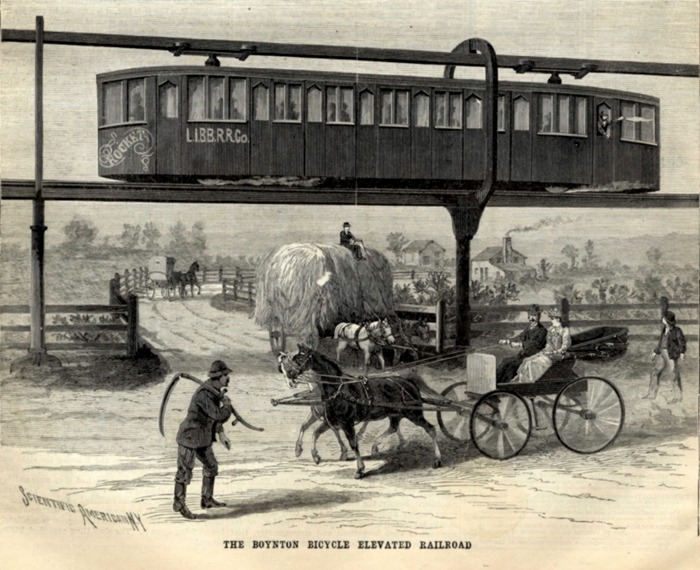
A man named George Hagerman, of Rocky Point, became a prominent investor. He owned the land that became Wardenclyffe, Pinelawn cemetery, and large tracts of land around Patchogue, among others. Mr. Hagerman was impressed with the original Boynton Train in Brooklyn, so when he found out about the electric version, he offered some of his land. He sold plots of land for $25 each to the railroad laborers, who were mostly Italian immigrants.
“The game plan was to bridge the Great South Bay and put a hotel on Fire Island at Long Cove. And they were going to have ferries to go to Connecticut. The idea being to bring people from New England out to Fire Island,” said Mr. Walls.
Mr. Corbin, peeved that his nephew had left his business to go out on his own, refused to allow the Bicycle Railroad a right of way over his track. But rather than leaving it there, he wanted to make sure the monorail would not be successful, so he extended what was known as the Port Jefferson branch to Wading River and renamed it the Wading River Branch. He also did this with mostly immigrant labor imported from New York City.
“There was no reason to build a railroad out to Wading River. There was nobody living there. Mr. Corbin, in spite, said, ‘We’re going from Port Jefferson; We’re going to go to Wading River,’” said Don Fisher, president of the Railroad Museum of Long Island. “This was a good idea, really. Mr. Corbin wasn’t a stupid man. He was a vindictive man, possibly. He was going to make sure that his nephew and cohorts weren’t going to get up there. But he was also looking at continuing from Wading River into Riverhead. So then for the main line, which was built in 1844 to Greenport, there would be an escape route.”
Just as the construction of Manorville station and the spur to Eastport allowed for an escape route from the main line to the southern line, extending the northern track to Wading River and then eventually on to Riverhead would provide an additional route for trains to avoid trouble on the main line.
Not only was Mr. Corbin looking at cutting off the monorail’s north-south vacation route, but he was also thinking of the problems a more nimble electric monorail posed to his empire.
“Corbin realized that this thing was a threat to steam trains. The invention itself. The electric monorail. Ultimately, they could outperform the steam trains. Think of the Long Island Expressway, and think if in the center median, you have monorails,” said Mr. Fisher. “They would want to take the train, so this thing could go 60 miles an hour then, and that’s only because the track they had wasn’t long enough to go faster.”
Another quirk of fate related to the Wading River Station is Nikola Tesla and the building of Wardenclyffe. All of the material for the construction of Tesla’s tower came to the property via the Wading River branch. There was even a siding constructed on-site to drop off loads of timber. The railroad museum has letters from the LIRR asking Tesla to settle his $3,000 shipping bill, the equivalent of more than $100,000 today.
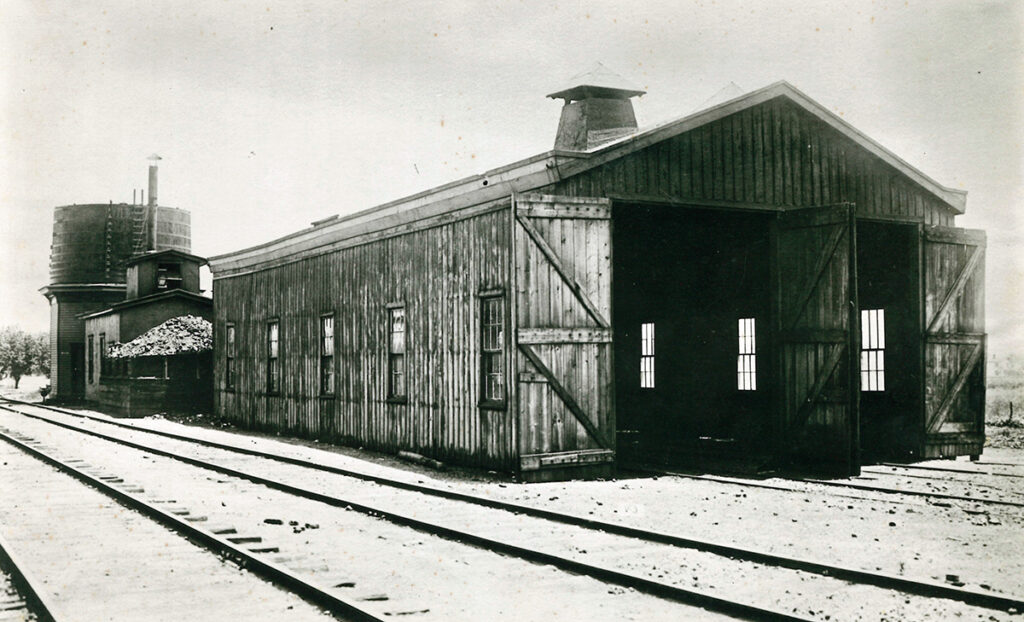
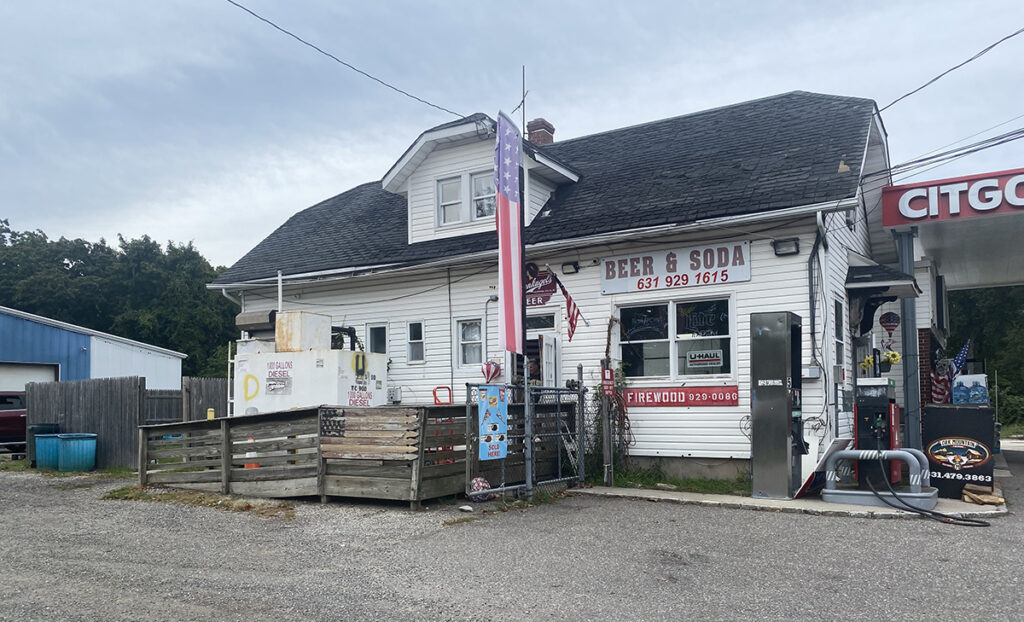
The Wading River Branch lasted until 1938, when the station and engine house were dismantled. The timber from the engine house was reused to build what is now the Village Beverage store. At that time, it reverted back to the Port Jefferson Branch.
“If it was here today, certainly because of the population centers that have grown up along the North Shore through that area, you would have people that would be using it to go to work, just as they leave Port Jefferson now … It would be used for that travel, [and] certainly would be used as they were promoting it back in the 1800s and the early 1900s,” said Mr. Fisher. “It would be a vacation line. Just as people now take the train to Greenport to go to Shelter Island, East Marion, Orient [and] Southold on the weekends, they would be using it to come out to their summer homes all along the Sound. If we were there today, I would almost bet my right arm, the Long Island Railroad in the engineers would have completed the line out to Riverhead.”







